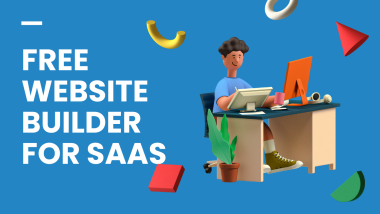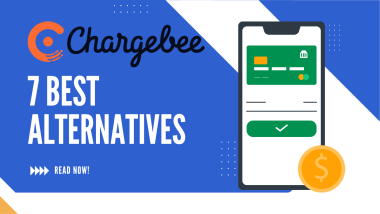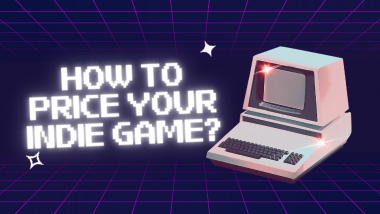In the fiercely competitive world of indie gaming, the pre-launch phase isn’t just a precursor—it’s a pivotal stage that can make or break the success of a game webshop. Before the official webshop launch, indie developers have the unique opportunity to create a strong foundation, ensuring their platform is not just functional but also enticing. This phase is about more than just ironing out bugs; it’s about setting the stage for everything that follows, from initial user engagement to sustained sales.
Anticipation: The Silent Driver of Success
Anticipation acts as a potent catalyst in the gaming world. When skillfully nurtured, the build-up of excitement can amplify the eventual launch’s impact. A sense of anticipation can turn casual onlookers into eager participants, waiting with bated breath for release day. For indie game developers, harnessing this emotion means not only attracting a larger initial audience but also cultivating loyalty as players become invested in the game’s journey even before its official debut.
Continue reading for a comprehensive step-by-step pre-launch guide to ensure your indie game webshop hits the ground running.
Step 1 – Laying the Foundation: Understanding Your Audience

Defining Your Target Gamers
Before launching your indie game web shop, it’s vital to clearly identify your target gamers. Dive deep into their demographics, from age brackets to geographical locations. Understand their gaming preferences, be it RPGs, action-packed shooters, or strategy games. Additionally, get a grip on their buying habits – do they prefer single purchases, in-game microtransactions, or are they open to subscription models?
Demographics
Demographic details go beyond age and location. They also encompass factors like education level, occupation, and even lifestyle. For instance, are your gamers mostly college students, working professionals, or dedicated gamers who spend significant hours weekly immersed in gaming? Each demographic detail offers a clue into the kind of games they might prefer, their spending limits, and even the best times to engage them.
Preferences
Gamers’ preferences evolve, often shaped by trending genres, gaming platforms, or even pop culture influences. Some gamers are die-hard fans of retro games, while others are always chasing the next big indie title. There are those who are loyal to certain gaming platforms or only engage with games boasting stellar graphics. Understanding these nuances can help curate the perfect collection for your webshop and offer personalized recommendations.
Buying Habits
The buying habits of gamers can be multifaceted. Some wait for sales or bundles before making a purchase, while others won’t hesitate to buy a game at its launch price. There are also gamers who prefer physical copies for the sake of nostalgia or collection, despite the shift to digital. Studying these patterns not only helps in pricing but also in planning sales, offers, and loyalty programs that appeal directly to these habits.
Tailoring Messages to Your Core Audience
Once you’ve pinned down who your audience is, the next step is crafting marketing messages that resonate with them. Generalized messages might fall on deaf ears, but personalized, audience-specific communication can drive engagement, interest, and, ultimately, sales. By tailoring your content and promotional strategies to the unique tastes and preferences of your core gamers, you stand a better chance of capturing their attention and loyalty.
Step 2 – Pre-Launch Content Creation: Building Anticipation and Engagement
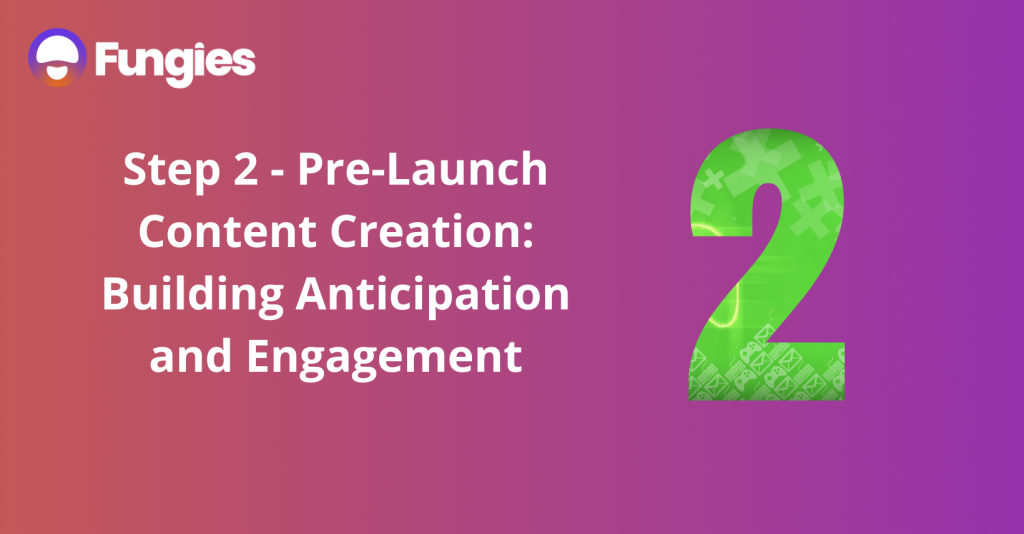
Crafting Engaging Trailers: The First Impression Matters
Trailers are often the first touchpoint for potential gamers. They encapsulate the essence of your game in a short span, making it vital to grab attention immediately. Use high-quality visuals, immersive audio, and snippets of gameplay to give a taste of what players can expect. Remember, a well-crafted trailer not only showcases the game but also evokes emotions, pushing gamers to eagerly await the launch.
Writing Compelling Game Lore and Backstory Teasers: Expanding the Universe
A game is not just about mechanics; it’s about the world within which these mechanics operate. Crafting a rich lore and teasing it pre-launch can create a depth that attracts gamers who crave immersive experiences. This backstory forms a connection, making players invested in the characters and the world you’ve created. Share snippets, character profiles, or even cryptic messages to fuel discussions and speculations amongst fans.
Blogging and Articles: Sharing the Heart of Development
The journey of creating a game is filled with highs, lows, challenges, and breakthroughs. Sharing this narrative through blogs and articles offers a transparent view into the heart of the game development process. It humanizes the developers behind the screen and forms a bond with the community. Detailing challenges faced, design choices made, and celebrating small triumphs can foster a supportive community eagerly waiting for the final product.
Step 3 – Engage the Gaming Community: Creating Authentic Connections
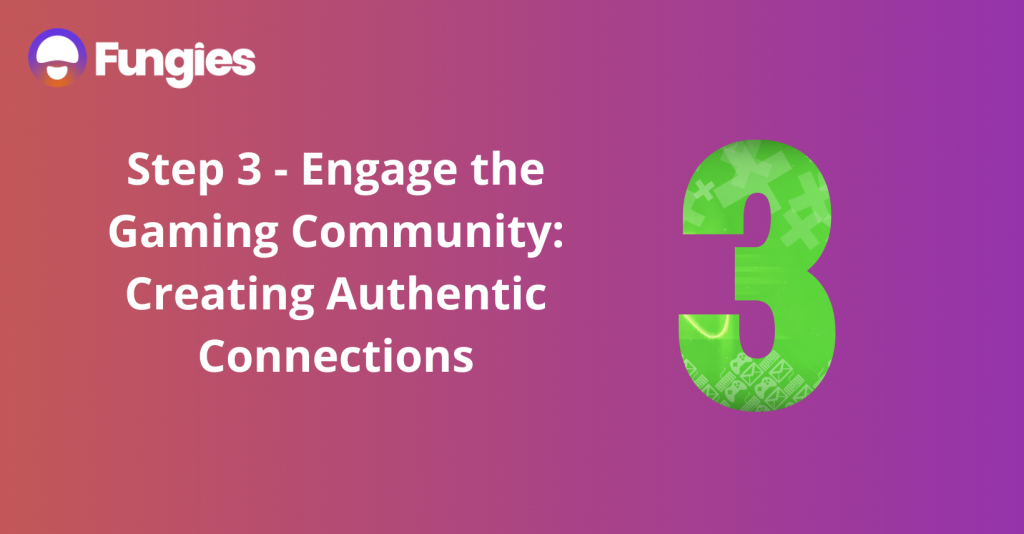
In the indie gaming world, the community isn’t just an audience; they’re your collaborators, critics, and champions all rolled into one. Their feedback and enthusiasm can propel your game to success. Immersing yourself within this community, understanding their needs, and actively engaging can generate genuine excitement for your game web shop’s launch. Here’s how you can dive deep:
Hosting AMA (Ask Me Anything) Sessions: A Direct Line to Gamers
There’s something refreshingly honest about an AMA. By hosting an Ask Me Anything session, you invite gamers to get candid with their questions. It provides a golden opportunity to showcase the passion and dedication behind your game, build trust, and address any concerns or curiosities the community might have.
Collaborative Streaming: The Power of Influencer Partnerships
Live streaming has revolutionized the way gamers discover and connect with new titles. By collaborating with influencers on platforms like Twitch and YouTube, you can tap into an established audience, showcase live gameplay, and benefit from the genuine reactions and endorsements of trusted figures in the gaming community.
Engaging on Gaming Forums and Discussion Platforms: Being Part of the Narrative
Gaming forums, subreddits, and discussion platforms like Discord are buzzing hives of conversation and opinion. Actively participating in these spaces doesn’t just keep you informed; it makes you a relatable figure within the community. Share insights, seek feedback, and become a familiar name, ensuring that when your game launches, it feels like a community achievement.
Step 4 – Leveraging Social Media & Mailing Lists: Amplifying Your Message and Building Loyalty

In today’s digitally interconnected world, a robust online presence isn’t just beneficial; it’s essential. Social media channels and mailing lists serve as direct conduits to your potential players, offering a platform for engagement, feedback, and, most crucially, building anticipation. Here’s how you can make the most of these powerful tools:
Strategies for Creating Shareable Content: Engaging the Crowd
Social media thrives on interaction. Crafting posts that not only inform but also engage is the key. Countdown posts can build daily anticipation, while polls invite gamers to voice their opinions. Challenges, perhaps tied to game mechanics or lore, can drive engagement and create organic sharing, expanding your reach.
Behind-the-Scenes Content: Showcasing the Humans Behind the Pixels
While the game itself is the star, the stories of its creators resonate deeply with fans. Sharing glimpses of the development process, team brainstorming sessions, or even casual coffee breaks can humanize your brand. It makes players feel connected not just to a game, but to a community of creators.
Building and Nurturing Your Mailing List: Direct Lines to Devoted Fans
While social media offers broad reach, email offers depth. It’s a direct line to your most devoted fans. Regular updates, insights, and exclusive content can keep subscribers invested and eager. It’s not just about sending emails; it’s about building a relationship.
Early Bird Offers and Exclusives for Subscribers: Rewarding Loyalty
Everyone loves a special deal. Incentivizing sign-ups with exclusive offers or early bird deals can boost your subscriber count. These offers not only drive initial traffic to your game webshop upon launch but also reward those who’ve shown interest from the outset, fostering loyalty and goodwill.
Step 5 – Events, Beta Tests, and Feedback Loops: Cultivating Engagement and Refinement
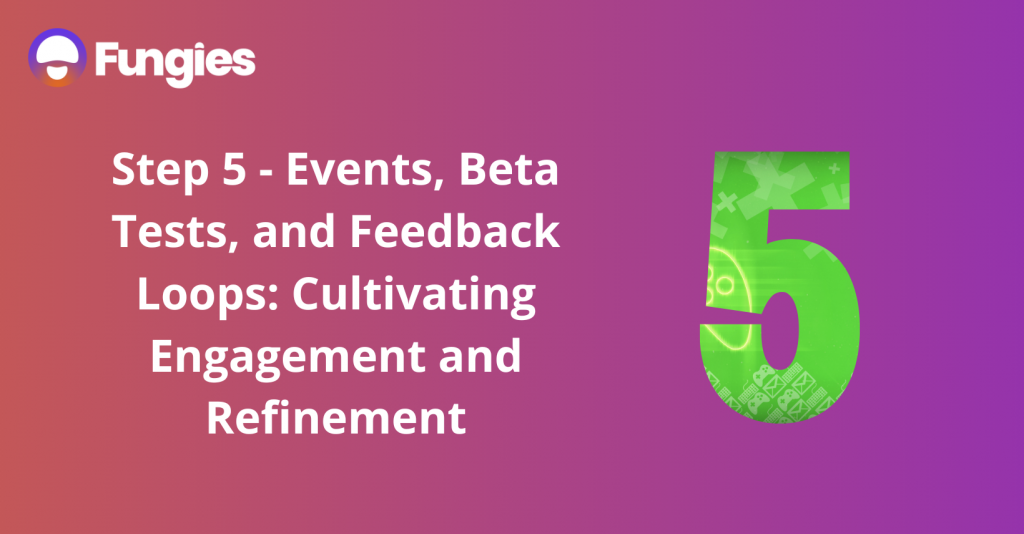
Launching a game isn’t just about the final product; it’s about the journey leading up to it. By engaging potential players in various stages of development, you not only build hype but also create a product better attuned to your audience’s desires. Here’s how events, beta tests, and feedback loops play pivotal roles in a game’s pre-launch phase:
Organizing Online and Offline Events: Fanning the Flames of Excitement
Events, be it virtual webinars, online multiplayer challenges, or offline conventions, serve as platforms to introduce your game to the world. They allow for face-to-face interaction, giving potential players a tangible experience of what’s to come. These events generate buzz, create lasting memories, and provide opportunities for immediate feedback.
Hosting Closed Beta Tests: Turning Players into Ambassadors
Closed beta tests aren’t just about identifying bugs; they’re about building a community of early adopters. These players get a sneak peek into your game, and in return, they provide invaluable feedback. Their initial experiences, shared within their circles, can act as word-of-mouth endorsements, turning them into ambassadors for your game.
Using Feedback to Make Last-Minute Refinements: A Testament to Listening
The feedback received, be it from events or beta tests, isn’t just for show. Incorporating these insights showcases your commitment to delivering a game that resonates with its audience. Making those last-minute tweaks and refinements based on genuine player feedback underlines a powerful message: you listen, you care, and you’re in this journey together with your players.
Step 6 (optional) – Harnessing the Power of Web3 Integration: Embracing the Future of Gaming
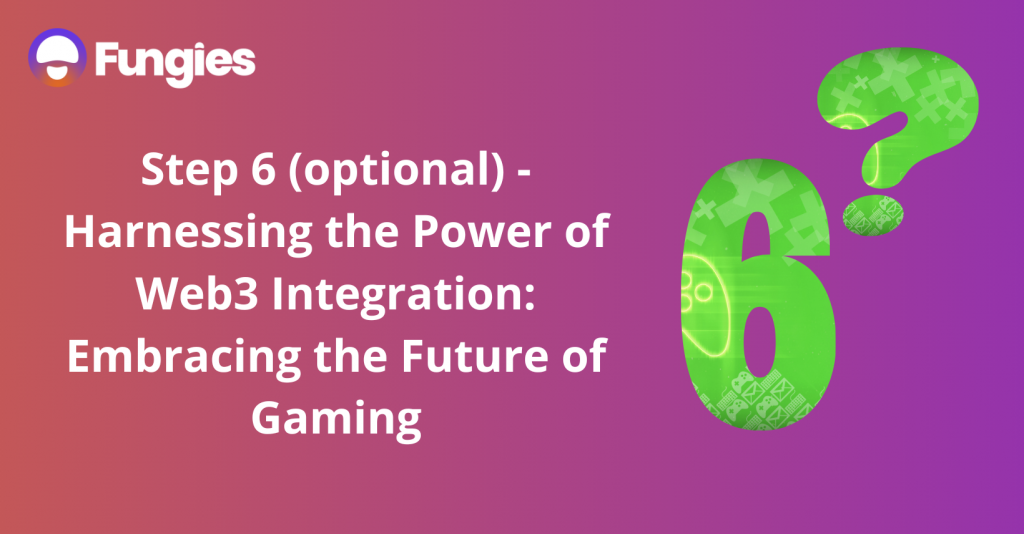
In today’s rapidly evolving digital landscape, staying ahead of the curve is essential. As Web3 technologies redefine the boundaries of online interactions, they also present unprecedented opportunities for indie game developers. Integrating these technologies into your game web shop can differentiate you from the crowd, offering unique experiences for your audience:
The Buzz Around Blockchain: A New Frontier for Indie Developers
Blockchain isn’t just a buzzword; it’s revolutionizing the digital ecosystem. For indie game developers, this presents a golden opportunity. By integrating blockchain technology, developers can ensure transparent transactions, enhance security, and create immutable records of in-game achievements. Moreover, the decentralized nature of blockchain allows for peer-to-peer exchanges, making the gaming experience more player-centric.
Promoting Exclusivity: The Allure of NFTs and Blockchain Rewards
Nothing generates excitement like exclusivity. Teasing limited-edition rewards, skins, or characters as Non-Fungible Tokens (NFTs) can create a frenzy among gamers. These digital collectibles, backed by blockchain, offer unique ownership rights, ensuring that each token is distinct and cannot be replicated. By integrating NFTs, you not only provide exclusivity but also introduce a potential avenue for gamers to earn from their in-game achievements.
The Value Proposition: Rolling Out the Red Carpet for Crypto Enthusiasts
Accepting cryptocurrencies or offering special deals for crypto users can set your game webshop apart. In a world increasingly warming up to digital currencies, providing these options can enhance user experience. Offering discounts, early access, or special in-game assets for crypto transactions can attract a niche yet growing community of blockchain enthusiasts, further driving anticipation and excitement for your game launch.
The Final Push: Setting the Stage for a Successful Launch
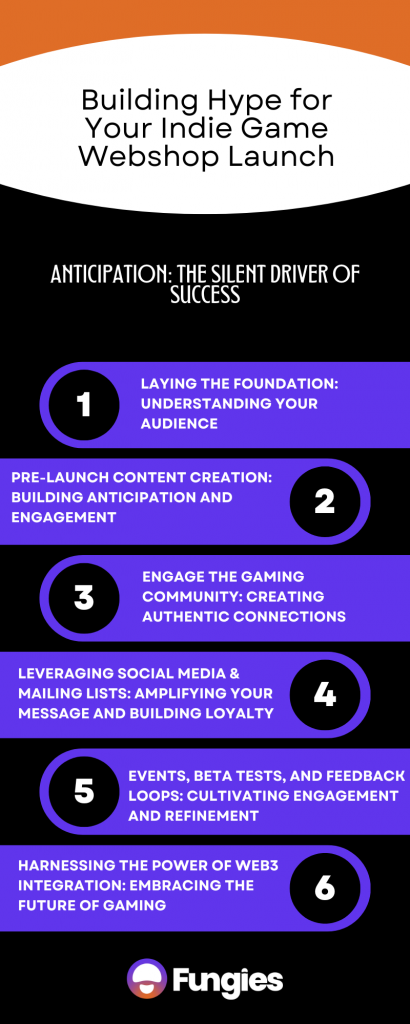
The Ripple Effect of Strategic Launch Planning
A meticulously planned webshop launch doesn’t just echo on the day of its inception; its reverberations are felt long after. Every piece of content, every interaction, and every strategic decision creates waves that contribute to sustained engagement, brand recall, and a dedicated gamer community. It’s not just about the initial splash but the lasting ripples that determine long-term success.
Harnessing Community, Technology, and Authenticity
Indie developers possess an arsenal of powerful tools: a passionate community, groundbreaking technologies like Web3, and a unique narrative that charts their game development journey. By weaving these elements into their launch strategy, developers can create a tapestry that resonates with gamers, drawing them into the world of the game even before its release.
Embark with Enthusiasm and Assurance
The road to launching your game web shop is laden with opportunities and challenges. But with a well-charted path, the journey can be as rewarding as the destination. Embrace the pre-launch phase, tap into the strength of your community, and lean into the innovations of the digital age. With confidence and passion, set forth on this exciting voyage, and watch your vision come to life.

